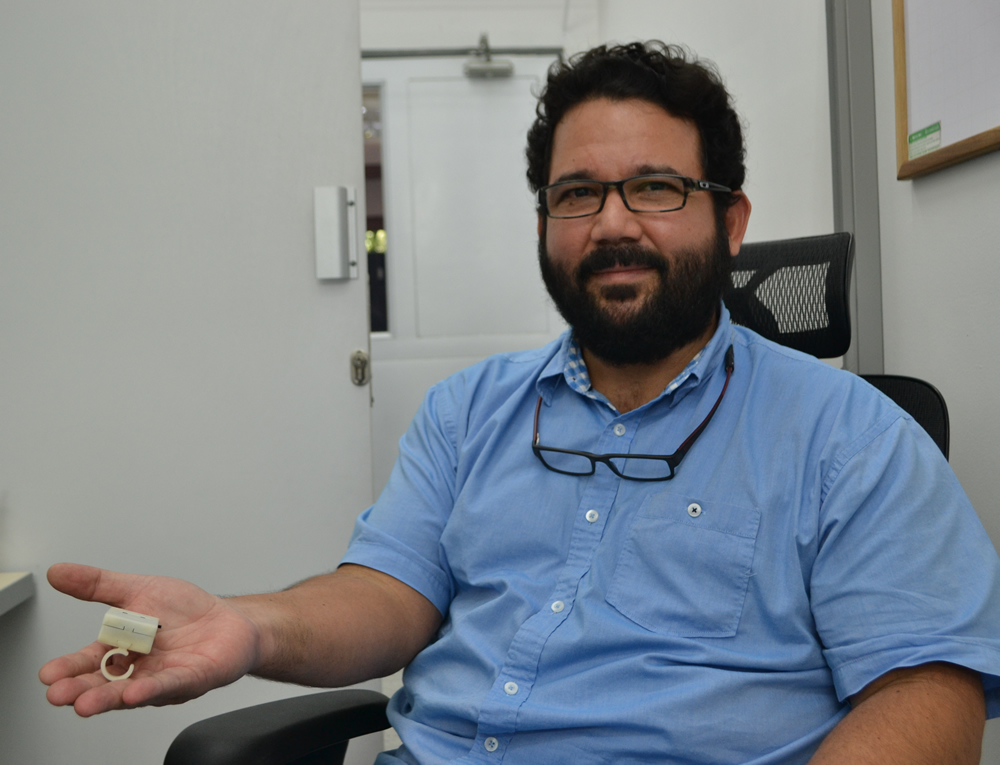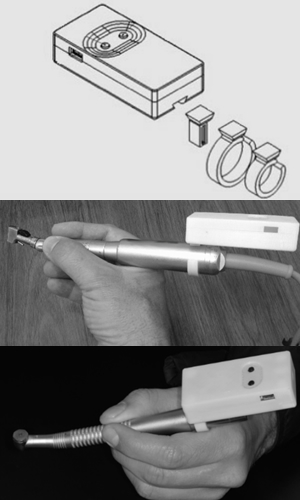Z7_89C21A40L06460A6P4572G3JN0
 Inglés UdeA - Cabezote - WCV(JSR 286)
Inglés UdeA - Cabezote - WCV(JSR 286)
Z7_89C21A40L06460A6P4572G3JQ2
 Signpost
Signpost
Generales
Z7_89C21A40L06460A6P4572G3JQ1
 Digital Intraoral Surveyor SWAD: towards more accurate dental treatments
Digital Intraoral Surveyor SWAD: towards more accurate dental treatments
Z7_89C21A40L06460A6P4572G3JQ3
 Portal U de A - Redes Sociales - WCV(JSR 286)
Portal U de A - Redes Sociales - WCV(JSR 286)
Z7_89C21A40L0SI60A65EKGKV1K57




 The SWAD is designed to track hand movement during dental procedures and allows the practitioner to detect and correct errors as well as changes in spatial location in real time via an audio and video feedback to achieve more precise therapies.
The SWAD is designed to track hand movement during dental procedures and allows the practitioner to detect and correct errors as well as changes in spatial location in real time via an audio and video feedback to achieve more precise therapies.